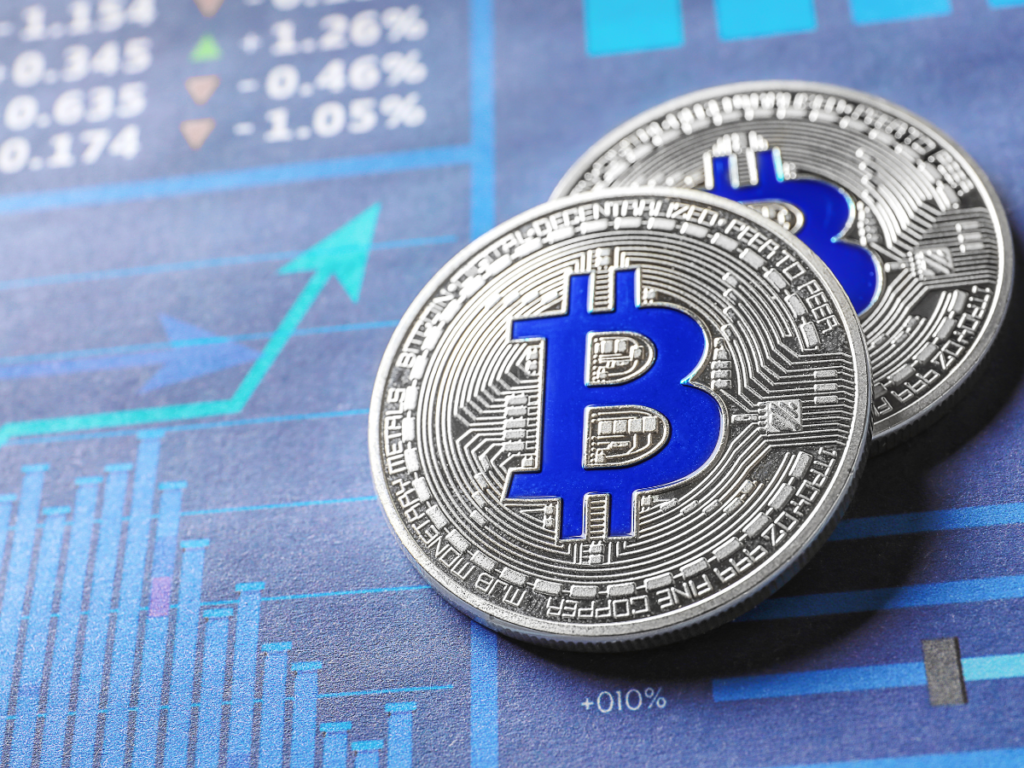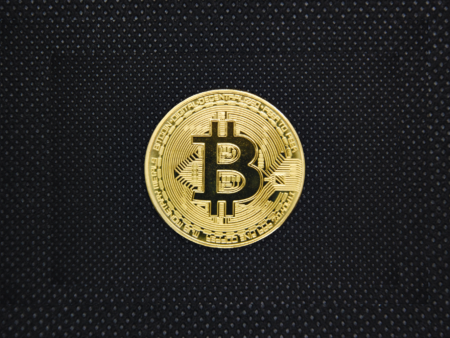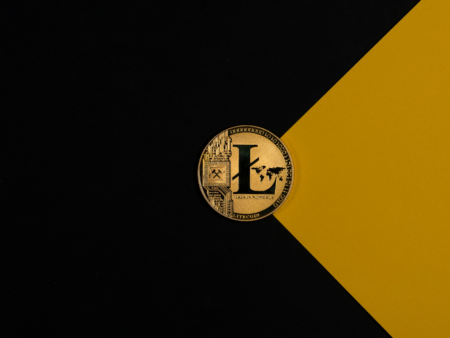Bitcoin pauses amidst US inflation concerns, highlighting the influence of financial market shifts and the Federal Reserve’s decisions on its price.
The price of Bitcoin has been essentially stagnating for the past few days, most likely due to fear around the announcement of the US government’s revised estimate of inflation.
It’s crucial to remember that shifts in financial market liquidity have likely had the most impact on the price of Bitcoin to date. For this reason, the Fed’s economic policy decisions are particularly significant.
The correlation between US inflation and the price of Bitcoin
Following the dramatic, largely unanticipated spike on October 23 and the subsequent spike on November 9, the price of Bitcoin first broke above $35,000 and then above $36,000.
With one brief and tiny exception over the last six days, this share looks to be the main one at the moment. It has essentially been hovering over $36,000.
Before November 9th, this remark had not been discussed at all this year, not even during the high points in late October.
The fact that the price of Bitcoin has been lateralizing for a few days now, close to the annual highs, may seem strange in some aspects, but the wait for the US data may be the only minor explanation.
Additionally, it should be noted that on November 9th, 2023, the yearly high of almost $38,000 was touched amidst the excitement around the surge that had broken through the $36,000 barrier for the first time.
With the exception of that lone peak, it has now spent six days sideways at $36,000–$70,000.
Bitcoin is awaiting US inflation data
The truth is that new information about October inflation in the US is expected to be disclosed today, Tuesday, November 14. This has been known for a few days.
As a result, following the spike on November 9, it’s probable that the markets somewhat rowed in preparation for today’s news. Additionally, there was the weekend in between, when conventional stock exchanges are closed.
The data of today shouldn’t be all that significant, theoretically.
It should be noted that in that scenario, the core inflation rate—that is, net of food and energy—matters more than the overall inflation rate. In actuality, markets are mostly focused on speculating about the Fed’s next steps in monetary policy, and the Fed specifically bases its choices on precisely core inflation.
The market anticipates a release today of 4.1%, which is exactly in line with the previous month’s figure and will not fluctuate.
However, it should be noted that they anticipate a decrease in general inflation from 3.7% to 3.3%.
The response of financial markets
Since they anticipate no change in core inflation, it is conceivable that the markets would not even respond if the forecast comes to pass.
If the amount turns out to be much greater or lower, the whole situation changes. Markets could react severely if it turns out to be much higher, especially since they have been acting optimistically about the Fed’s tight monetary policy’s ability to combat inflation during the last few months.
In actuality, they now only predict a 25% possibility of another rate increase by the US Federal Reserve in January and a 66% chance of the bank maintaining current levels through March 2024. In fact, they even placed the probability that it will begin to decrease them in June at 41%.
One could argue that if markets anticipate a decrease in overall inflation, a lesser decrease in core inflation may also transpire. If this is the case, they may also respond favourably and change the odds above to the positive.
Monetary policy of the Fed and Bitcoin
Significant fluctuations in the liquidity of financial markets have a significant impact on the price of Bitcoin.
The Federal Reserve (Fed) is the only central bank in the world with the greatest ability to alter financial market liquidity.
For instance, it filled the markets with such much liquidity in 2020 and 2021 that almost all publicly traded risk-on asset prices, including those of cryptocurrencies, were inflated.
When inflation hit the consumer markets in 2022, it was compelled to seek shelter and begin cutting liquidity. Because it is lowering prices and decreasing liquidity, the current monetary policy—which is quite restrictive when it comes to interest rates, for example—is effective.
But now that core inflation has sharply decreased, the Fed is at a loss on how to proceed as it can no longer cut rates because core inflation is still much higher than the 2% target.
The markets are attempting to predict potential future movements by projecting the Fed’s response to shifts in core inflation.

Alternate coin
But the cryptocurrency market is experiencing something different.
Although Ethereum is, as it typically is, trailing behind Bitcoin, the price performance of certain cryptocurrencies these days is on a completely different route.
To summarise, throughout the past week, BTC has increased by 5% and ETH by 9%; nevertheless, Solana has increased by 33%, Polygon by 29%, Avalanche by 32%, and CRO by 21%.
It’s also feasible, though, that this was just a late bounce. In other words, as early as January, BTC and ETH saw significant increases, and from there, they lateralized for a while until October. On the other hand, a lot of altcoins saw an increase in January before declining once more.
Actually, using December 31, 2022, as a benchmark, BTC is currently trading at +121%, ETH at +73%, Polygon at +24%, Avalanche at +57%, and CRO at +62%.
The only SOL that sticks out is Solana’s, which has increased to +454% since the year’s beginning. The truth is that in 2022, the collapse of Terra/Luna and the failures of Celsius and FTX had a more negative impact on the price of SOL than on others.
The analysis
In their analysis of the current state of affairs, Bitfinex analysts said:
“We have been discussing the possibility of a new bull market, or the ending stages of a bear market since December 2022 and throughout the rise we have seen in BTC since the beginning of the year.
However, it is important to be cautious. The STH and LTH levels can change, as these are dynamic measures and the realised price could move up as the price has a less pronounced pullback, or the pullback happens at a later date.
The Federal Reserve keeps a close eye on these consumer attitudes, especially since they have been aggressively raising interest rates to fight inflation. Their efforts are aimed at preventing these expectations from influencing consumer behaviour too adversely, and undermine their progress in controlling price hikes.
Despite high employment rates, and wage increases post-pandemic, US households maintain a pessimistic outlook, largely fueled by persistent inflation.
Interestingly, consumer expectations regarding gasoline prices have also increased, contrary to the actual trend of decreasing fuel prices since September, as reported by the US Energy Information Administration.”











